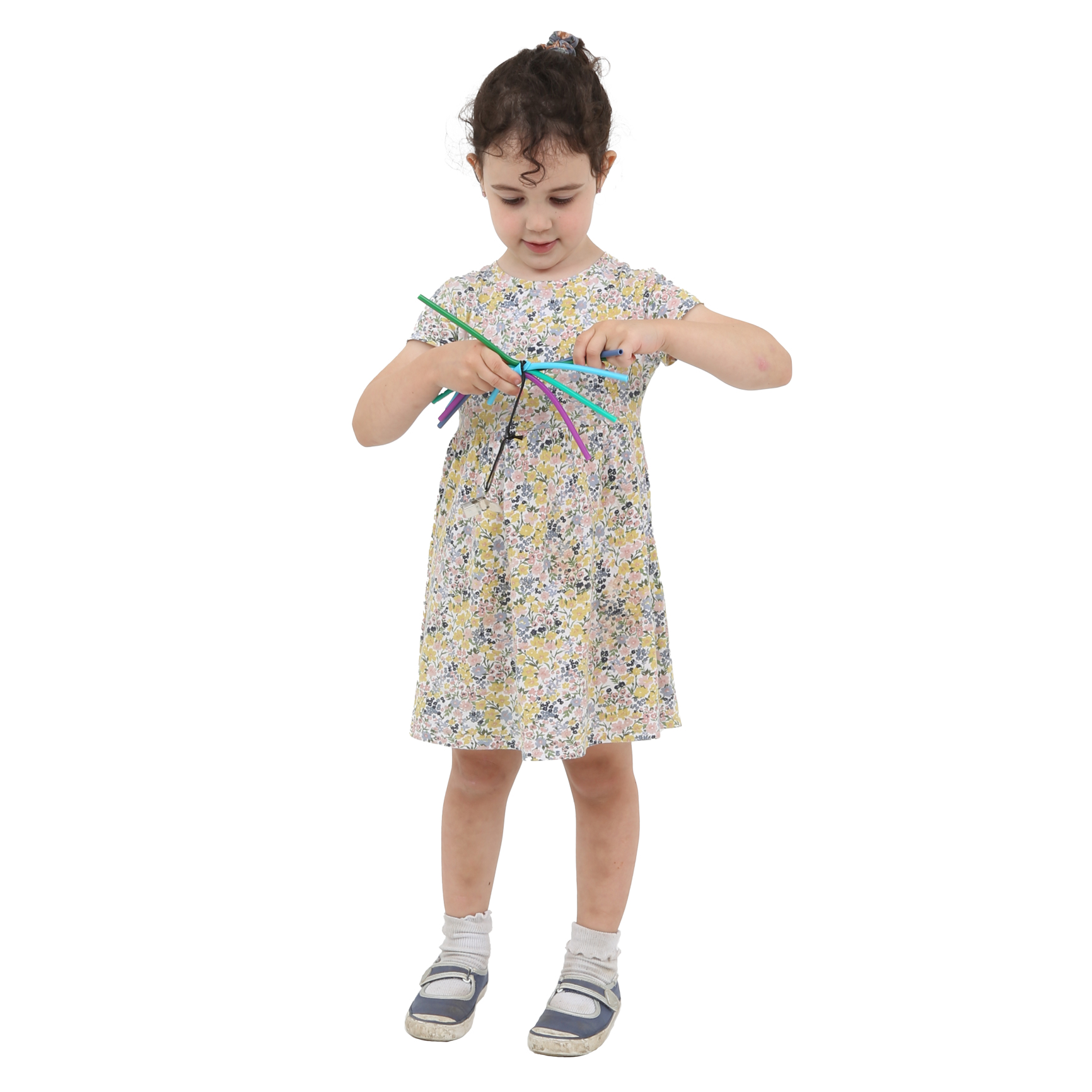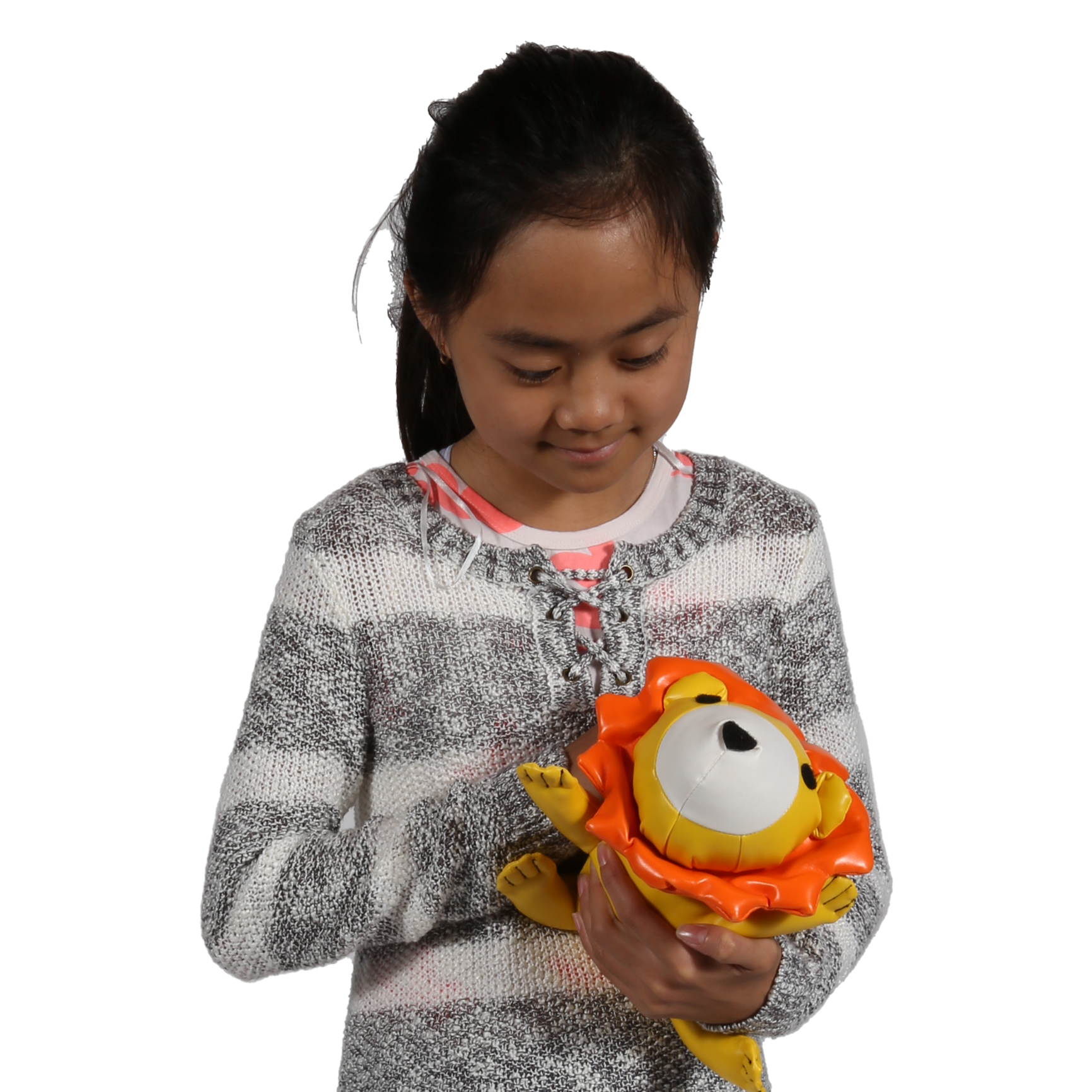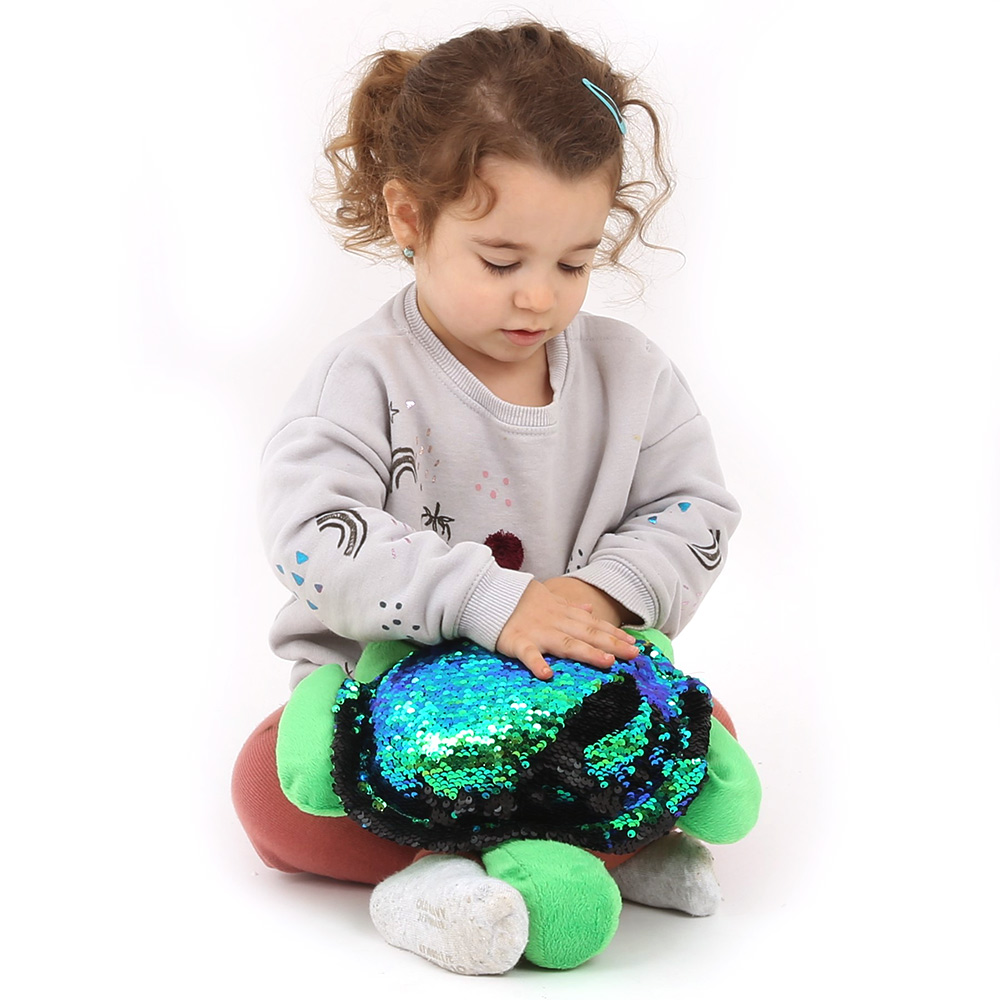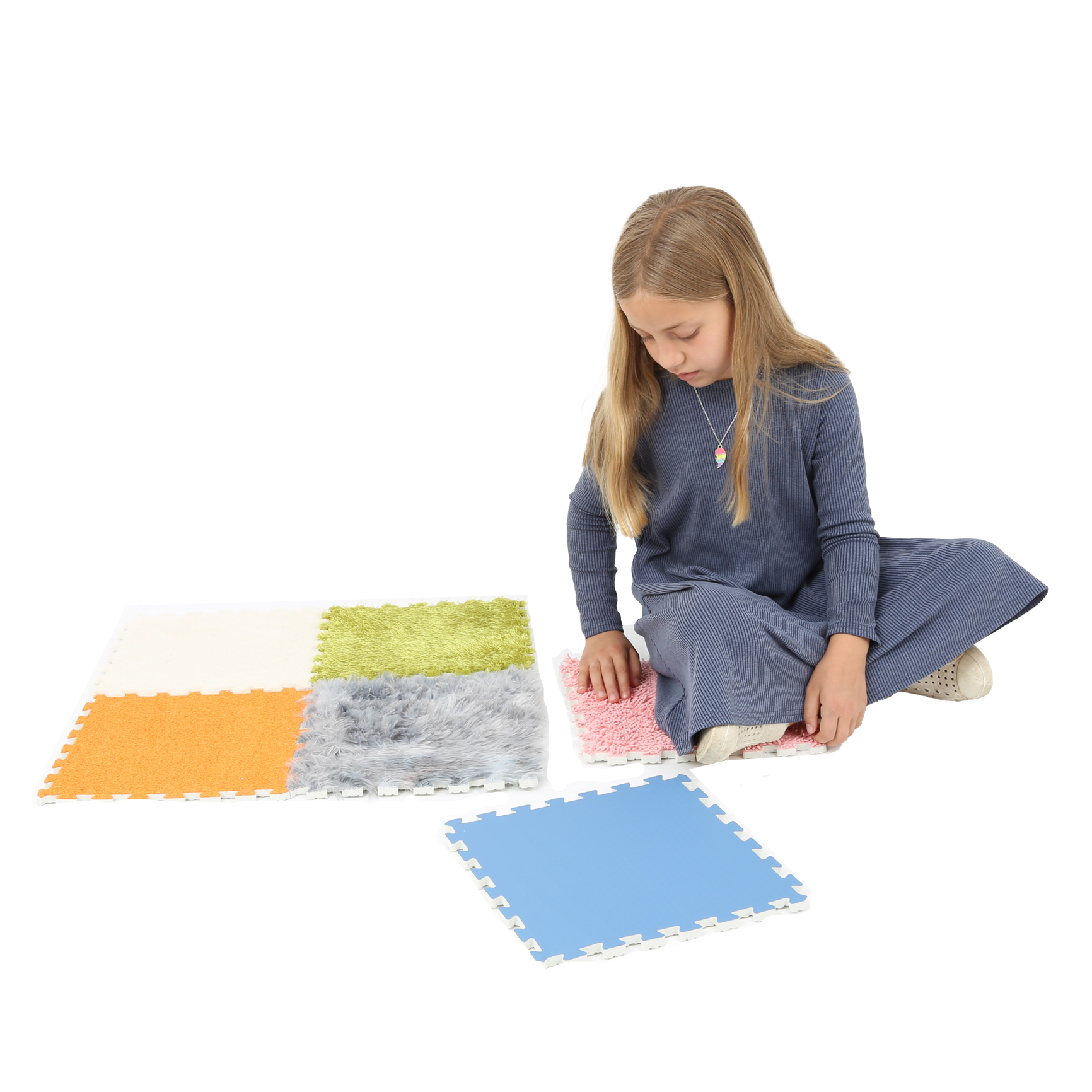You may have seen someone flap their hands or spin repeatedly. Maybe you overheard a child repeating a certain phrase over and over again, or seen them insist on taking the exact same route home from school every day, without any stops or detours. These repetitive behaviors and patterns are common among people with autism and are known as perseverating behaviors. If you try to prevent the perseverative behavior, the child may end up in a sensory meltdown. Instead, we recommend learning about and understanding the perseveration so that you can best support your child.
Why do kids with autism perseverate?
Although there is no definitive answer to why people with autism perseverate, some studies suggested that perseveration provides comfort and structure. The world of a child with autism often feels too complex and overwhelming. By focusing on a single object they can block out the overwhelming visual stimulation; by making repetitive sounds, known as echolalia, they can control their auditory environment.
The way someone with autism processes information is, many times, extremely detail-oriented. This can lead to hyper-focus on objects or the minutiae of an activity/schedule. It may also lead to difficulty being flexible in thinking, or being able to shift their attention from one task to another. Perseveration can prevent kids from disengaging from the task at hand or the person they are talking to, which leads them to feel stuck.
How Can We Help?
As we go through life we all develop routines and habits that help us get through the day. We all have different levels of tolerance for change and learn to appreciate our needs and work around them in order to adapt smoothly to the constant flux in our lives. Appreciating the resistance to change that is in ourselves, whatever level it is, can help us relate to children who seem exceptionally rigid and who become agitated by transitions that are a part of everyday life.
- It is important to realize that perseveration is not a choice. Be sympathetic to your child’s reactions to unpredictability in their environments and anticipate that these situations will be challenging. Prepare comfort toys, books, or routines for a difficult situation or for other changes that may be overwhelming for the child or adult.
- Ask yourself whether this behavior is harmful or benign. For example, if there is a certain toy your child is hyper-focused on then it is not necessarily harming them. However, if they are doing something like repeatedly picking at their skin then it’s important to provide a safer alternative to this perseverative behavior so that they can still self-soothe. Tools like fidgets can be a great option to steer your child in a different direction.
- Reduce triggers whenever possible. If a certain toy or topic is causing harmful repetitive behavior, removing the trigger may be helpful.
- Social stories that detail what your child can expect are extremely helpful and can be used as a basis for problem-solving and flexibility so that they don’t feel so overwhelmed by a new situation.
Using the above tools, build activities into their day that will teach flexibility. For example, if you need to veer from routine and go to the cleaners on the way home from school, review the change beforehand in the form of a social story and provide comfort toys for the trip.
Remember that all humans are creatures of habit and that the tendency toward perseveration is natural– use your own life experiences to identify means of coping with change and rumination that have been helpful for you and that you can use to help others.
This post was originally posted on 08/16/2008. It was updated for accuracy and comprehensiveness on 05/08/2023.
























Comments